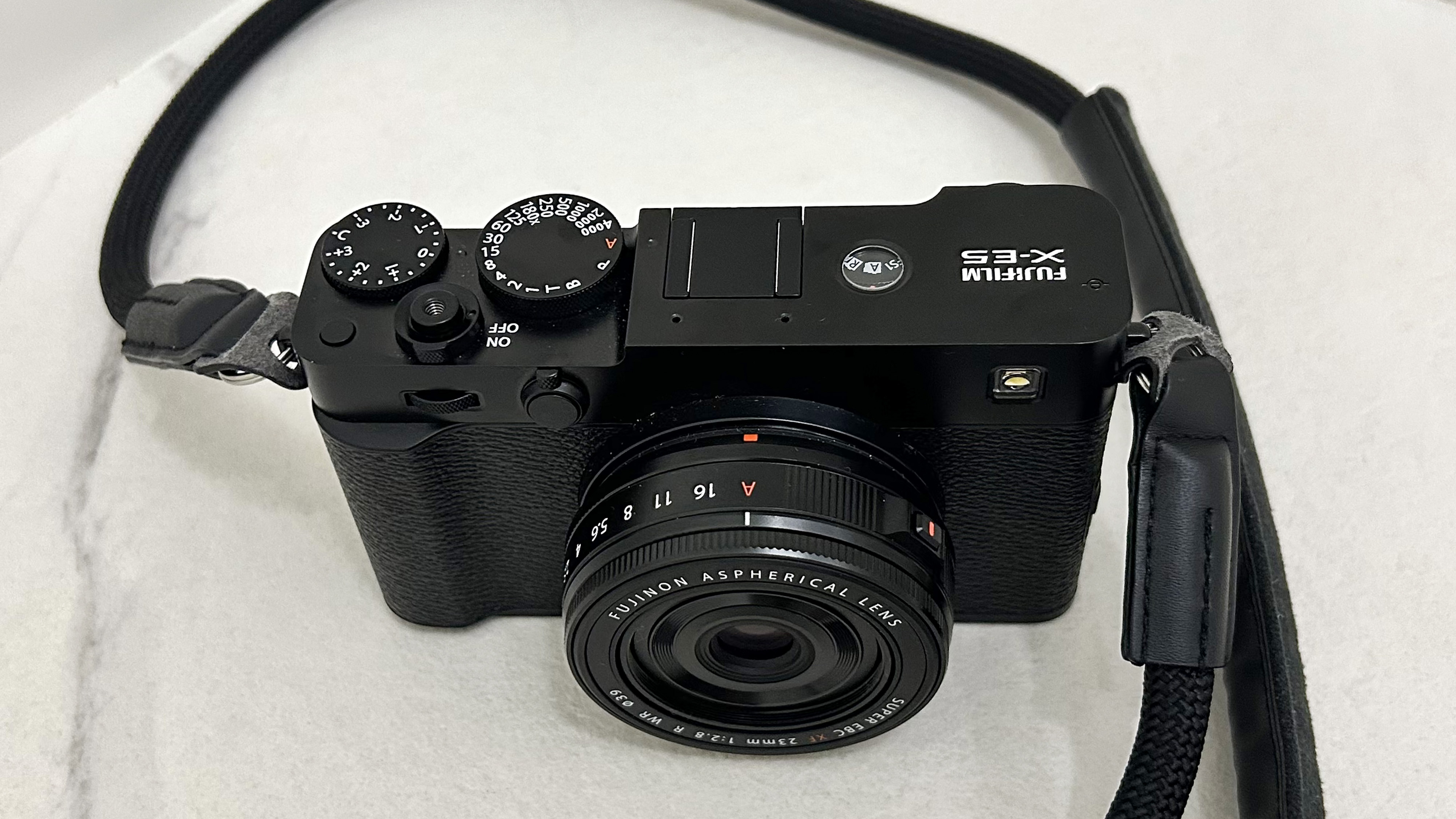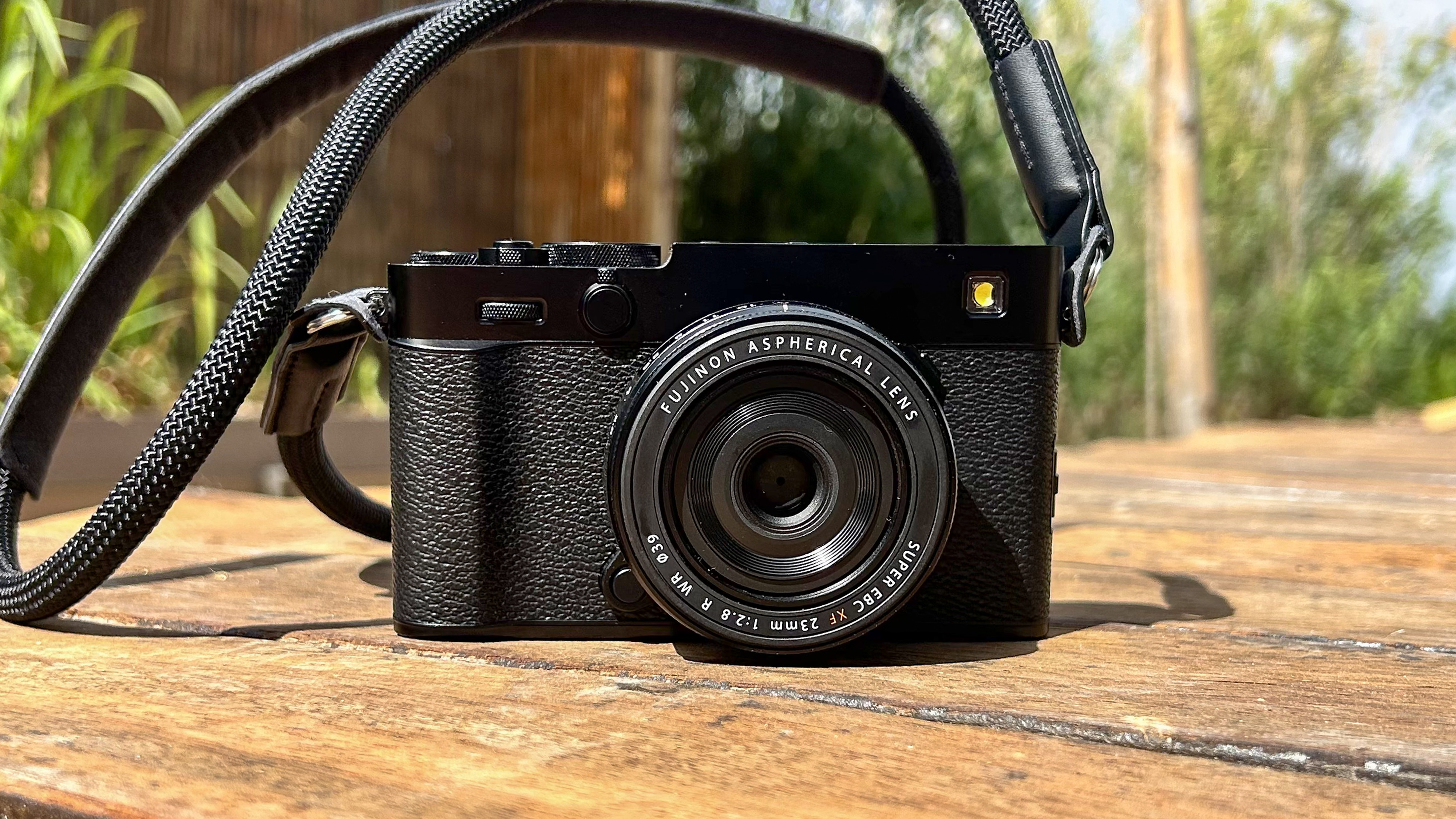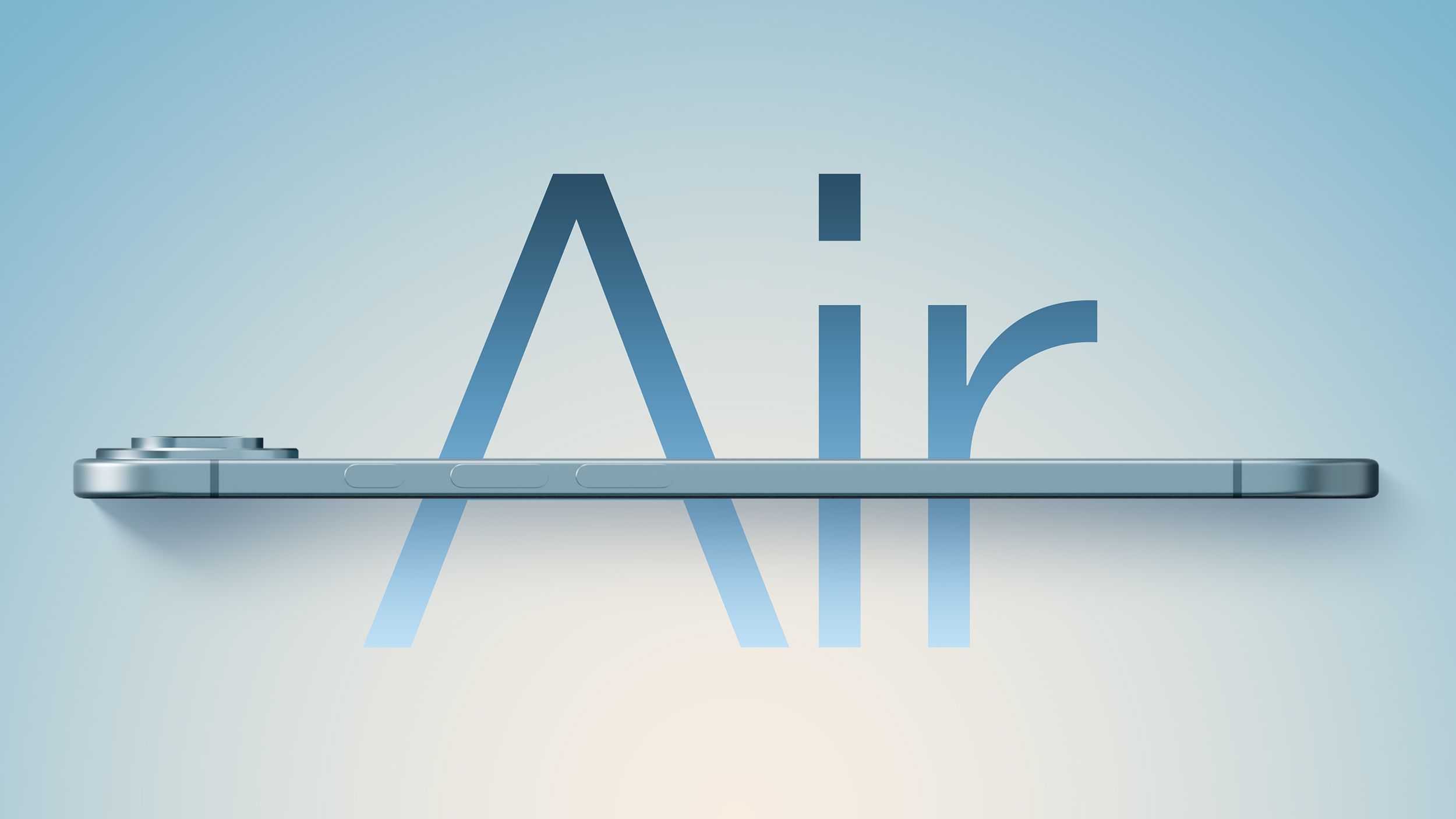Fujifilm has just announced the X-E5: the long awaited and much anticipated upgrade from the discontinued Fujifilm X-E4. More compact than the Fujifilm X-T line (some of the best mirrorless cameras you can buy), the X-E line is back with Fuji’s 40.2MP sensor, plus a new film simulation dial, viewing modes and an OVF simulator.
While it shares most of its internals with the Fujifilm X100VI, with interchangeable lenses, the X-E5 is pitched at anyone who wants the form of the X100VI, but more creative freedom, or who has so far missed out on that in-demand camera altogether.
I got to test the X-E5 on some of the most beautiful architecture in Valencia and I’ll be sharing my detailed thoughts in a separate article. We’ll also be reviewing the camera fully very soon.
But for now, here is everything you need to know about the Fujifilm X-E5.
Core features
Unsurprisingly, the X-E5 has received significant upgrades from the X-E4. The most notable difference is Fuji’s X-Trans CMOS 5 HR 40.2MP sensor and X-Processor 5 combo as we’ve already seen in the Fujifilm X-100VI and Fujifilm X-T50, where the X-E4 only had a 26MP sensor.
The X-E5 also has in-body stabilization which is new to the X-E range. IBIS, new features and an improved build (such as the aluminium top plate and a better grip) make it 81 grams heavier than the X-E4 at 445 grams — not so ideal in a street camera but maybe worth it for the increased usability brought by IBIS.

The X-E5 has a 0.39-inch OLED viewfinder with a 3-inch, 1.04 million dot LCD screen at the rear. The LCD screen of the X-E4 was actually 1.62 million dots, so we’ve lost some quality here, but the size and touch screen capabilities remain the same. That being said, neither of these are as crisp as the 1.84 million dot LCD screen of the X-T50.
The X-E5 does have a few tricks up its sleeve though, with its EVF and display, which I will get into later. The rear monitor extends and tilts 180º like the X-E4 to help achieve perfect angles without getting on the floor. It even flips up so you can get selfie-style shots too.

The controls are, as with most Fujifilm cameras, tactile and about as user friendly as you can get. There are the typical retro dials on the top panel, with the addition of a new film simulation dial, that I’ll cover below.
The X-E5 uses Fuji’s NP-W125 battery, the same as the X-E4. It has a battery life rating of 400 shots (CIPA), and I got 398 before the camera died on me. This slimmer battery allows the the profile of the grip to remain small.

Unfortunately, like the X-E4, the X-E5 is not weather sealed, so while it’s great in the sunshine and dry weather, it’s not one to take out on rainy days.
New to the X-E line
Most importantly, as I mentioned earlier, the X-E5 is the first in the X-E series to get IBIS, which is big news — if you’ve spent time dwelling on camera forums, this is something the community has been pining for.
The X-E5 uses the same five-axis IBIS mechanism we’ve seen in other recent Fuji cameras like the Fujifilm X-S20, X-T50 and X100VI, for up to 7 stops. It was a solid system to begin with, allowing sharp results at low shutter speeds as low as 2-secs in the X-S20. However, in the X-E5, the detection accuracy of the gyro sensor has been improved over previous models to enhance responsiveness to shake, according to Fujifilm.

Continuing Fuji’s trend of adding simulation dials to everything, the X-E5 has (you guessed it) a film simulation dial with a display window on top, and three of these can be programmed with your own recipe presets.
There is now a toggle on the front of the camera that allows you to alter the aspect ratio visible through the EVF and in SOOC (straight out of camera) JPEGs. This operates the Surround View Function, too, which allows you to see outside the boundaries of your chosen frame/aspect ratio, to simulate an Optical Viewfinder (OVF).

There’s also a Classic Display mode, which tidies up the image’s information at the bottom of the frame to provide a stripped back and more engaging experience. Could these features be a death knell for the X-Pro line, with its hybrid EVF/OVF and emphasis on purity of experience?
Just like the Fujifilm GFX100 RF, the X-E5 comes with a rope strap included that is padded around the neck. So while it is a little heavier than the X-E4, it is still super comfortable.
Another pancake
The X-E5 launch comes with the news of an interchangeable pancake lens — the XF 23mm F2.8 R WR.
At 23mm focal length, this lens offers a slightly wider field of view than the 27mm pancake kit lens of the X-E4, making it a little better for wider street scenes or architecture. The minimum focal distance of the lens is a relatively short 20cm so I was able to get some great detail shots in my time with it.

Following on from the X-E4 and its 27mm kit lens, the X-E5 camera body isn’t weather resistant, but the lens is. The lens won’t be available for purchase separately until November 2025.
But at what cost?
While the camera is certainly suitable for casual shooters who want a sleek street camera with film simulations, it’s quite the investment, and is priced for enthusiasts, just like the X100VI.
Available in all black or with silver accents, the camera is priced at $1,699 / £1,299 for the body only and $1,899 / £1,549 for the kit. The kit includes the camera body and the new pancake lens. The prices have been pretty significantly affected by the tariffs in America.
This puts the X-E5 on the more expensive side of the X series cameras, with the X-E4 originally being priced at $849 for body only, so even without the effect of the tariffs, this is a stark price jump.
The X-E5 will be available from early August 2025 in silver and black retailing for $1,699 / £1,299 for the body only and $1,899 / £1,549 for the kit with the new XF23mmF2.8 R WR lens.








